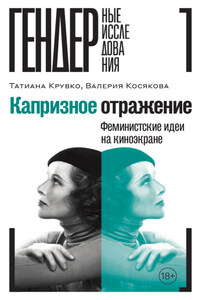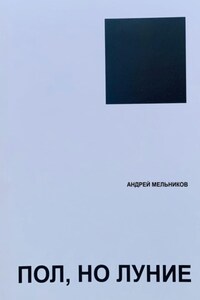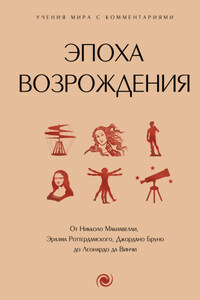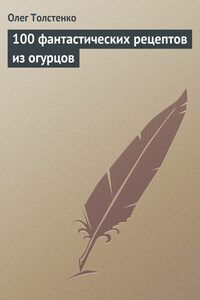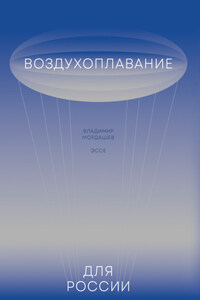© Confidential Concepts, worldwide, USA
© Parkstone Press International, New York, USA
Image-Bar www.image-bar.com
© Chagall Estate/ Artists Rights Society, New York, USA
© Estate of Morris Hirshfield/ Licensed by VAGA, New York, NY
© Estate of Pablo Picasso/ Artists Right Society (ARS), New York
© Ivan Generalic, all rights reserved
© Andy Warhol Foundation for the Visual Arts/ Artists Rights Society, New York
* * *
Aldrovandi, Ulisse
Aldrovandi, Ulisse
Amir, Shaykh Muhammad
Arcimboldo, Giuseppe
Arcimboldo, Giuseppe
Arcimboldo, Giuseppe
Arcimboldo, Giuseppe
Audubon, John James
Audubon, John James
Bonheur, Auguste François
Bonnard, Pierre
Bonnard, Pierre
Bosch, Hieronymus
Brascassat, Jacques Raymond
Bruegel the Elder, Pieter
Brueghel the Elder, Jan
Brueghel the Younger, Jan
Chagall, Marc
Chagall, Marc
Chardin, Jean-Baptiste Siméon
Chardin, Jean-Baptiste Siméon
Courbet, Gustave
Courbet, Gustave
Courbet, Gustave
Courbet, Gustave
Cranach, Lucas
Crane, Walter
Da Vinci, Leonardo
Da Vinci, Leonardo
De Luna, Charles
Degas, Edgar
Desportes, François
Desportes, François
Dürer, Albrecht
Dürer, Albrecht
Dürer, Albrecht
Dürer, Albrecht
Dürer, Albrecht
Dürer, Albrecht
Dürer, Albrecht
Dürer, Albrecht
Gauguin, Paul
Gauguin, Paul
Generalic, Ivan
Generalic, Ivan
Géricault, Théodore
Hicks, Edward
Hicks, Edward
Hicks, Edward
Hiroshige, Utagawa
Hiroshige, Utagawa
Hiroshige, Utagawa
Hiroshige, Utagawa
Hiroshige, Utagawa
Hirschfield, Morris
Hokusai, Katsushika
Hokusai, Katsushika
Hokusai, Katsushika
Hokusai, Katsushika
Hokusai, Katsushika
Hokusai, Katsushika
Jacque, Charles-Emile
Kandinsky, Wassily
Klee, Paul
Klee, Paul
Kuhnert, Friedrich Wilhelm
Manet, Edouard
Manet, Edouard
Manet, Edouard
Mansur
Marc, Franz
Marc, Franz
Marc, Franz
Marc, Franz
Marc, Franz
Marc, Franz
Marc, Franz
Matisse, Henri
Oudry, Jean-Baptiste
Picasso, Pablo
Picasso, Pablo
Pirosmani, Niko
Pompon, François
Potter, Paulus
Ranson, Paul
Rembrandt
Rembrandt
Rembrandt
Rembrandt
Rembrandt
Remington, Frederic
Remington, Frederic
Robert-Fleury, Joseph Nicolas
Robillard, Hippolite
Rousseau, Henri
Rousseau, Henri
Rousseau, Henri
Rubens, Peter Paul
Shishkin, Ivan
Steinlen, Théophile
Stubbs, George
Stubbs, George
Susini, Antonio or Giovanni Francesco
Troyon, Constant
Van Gogh, Vincent
Van Gogh, Vincent
Velázquez, Diego
Velázquez, Diego
Warhol, Andy
Warhol, Andy
Warhol, Andy
In defining beauty, we say of it, first, that it is a simple and primary quality. It is uncompounded. No two or three qualities in any method present can compass it with their combined effects. No analysis can resolve it into other perceptions, but there always remains something unresolved and unexplained, which is beauty.
The Three Black Auks (detail)
Anonymous, c. 27,000-19,000 BCE
Cosquer Cave, Calanque de Morgiou
This is proved by the fact that the most successful of these resolutions, while they hit on qualities frequently concomitant with beauty and intimately related to it, are never able to go beyond this companionship and show the identity of those qualities with beauty, whenever and wherever found. Unity and variety are qualities usually, I think always, in some degree present in beautiful objects. But though this presence may show them to be a condition for the existence of beauty, it does not show them to be its synonym or equivalent. In fact, we find that these qualities exist in many things which have no beauty.
Bison Carved in Low Relief
Anonymous, c. 16,000 BCE
Limestone, length: 30 cm
Musée national de la Préhistoire, Les Eyzies-de-Tayac
Their range may include the field under discussion, but it certainly includes much more, and thereby shows that these qualities do not produce the distinguishing and peculiar effects of aesthetics. Thus is it with every combination of qualities into which we seek to analyse beauty. Either phenomena which should be included are left unexplained, or phenomena which do not belong to the department are taken in by the theory.
The Antelopes
Anonymous, c. 1550–1500 BCE
Fresco, 275 × 200 cm
National Museum of Athens, Athens
These analyses, either by doing too much or too little, indicate that the precise thing to be done has not been done by them, and only prove a more or less general companionship, and not an identity of qualities. It is one thing to show that certain things, even, always accompany beauty, and quite another to show that these always and everywhere manifest themselves as beauty, reaching it in its manifold forms, and leaving nowhere any residuum of phenomena to be explained by a new quality.
The Cat Goddess Bastet
Anonymous, 663–609 BCE
Bronze and blue glass, 27.6 × 20 cm
Musée du Louvre, Paris
The idea of beauty has been with patient effort and elaborate argument referred to in association, thus not only making it a derived notion, but one reached through a great variety of pleasurable impressions. It is clear, however, that association has no power to alter original feelings, but only to revive them. Therefore, if beauty is not as an original notion or apprehension entrusted to association, it cannot be given by it since this law of the mind has no creating or transforming, but simply a uniting power. Association can explain the presence of ideas, not their nature.




